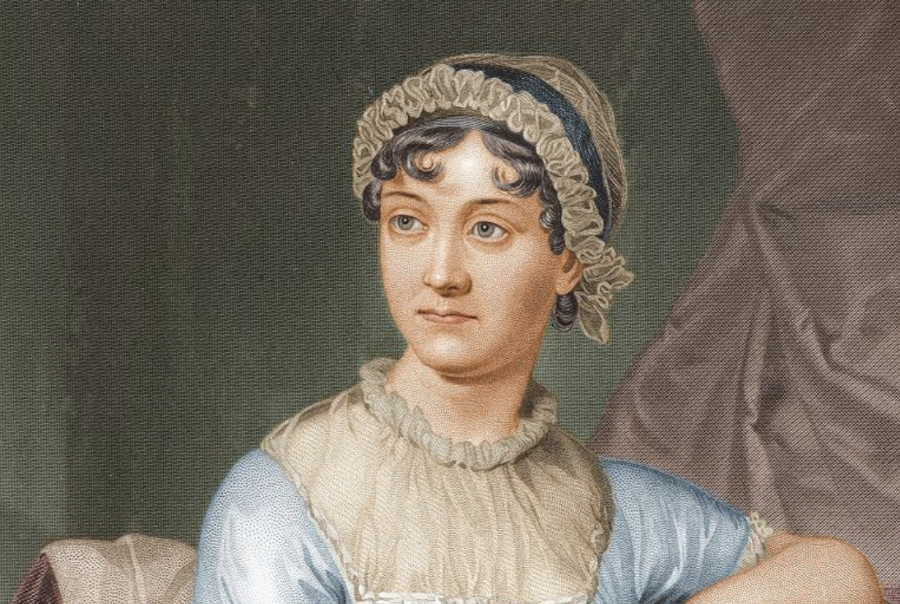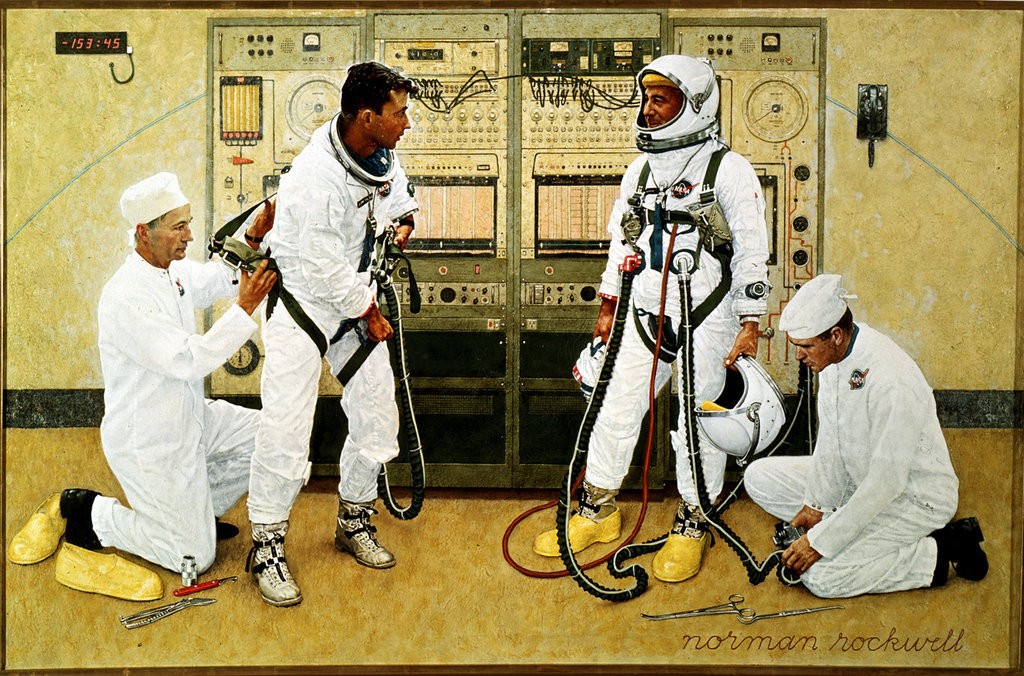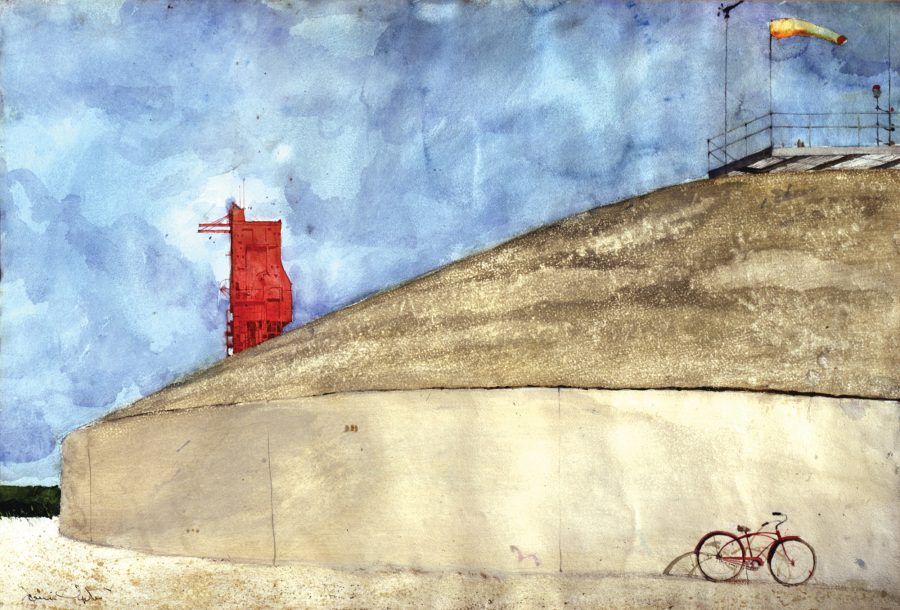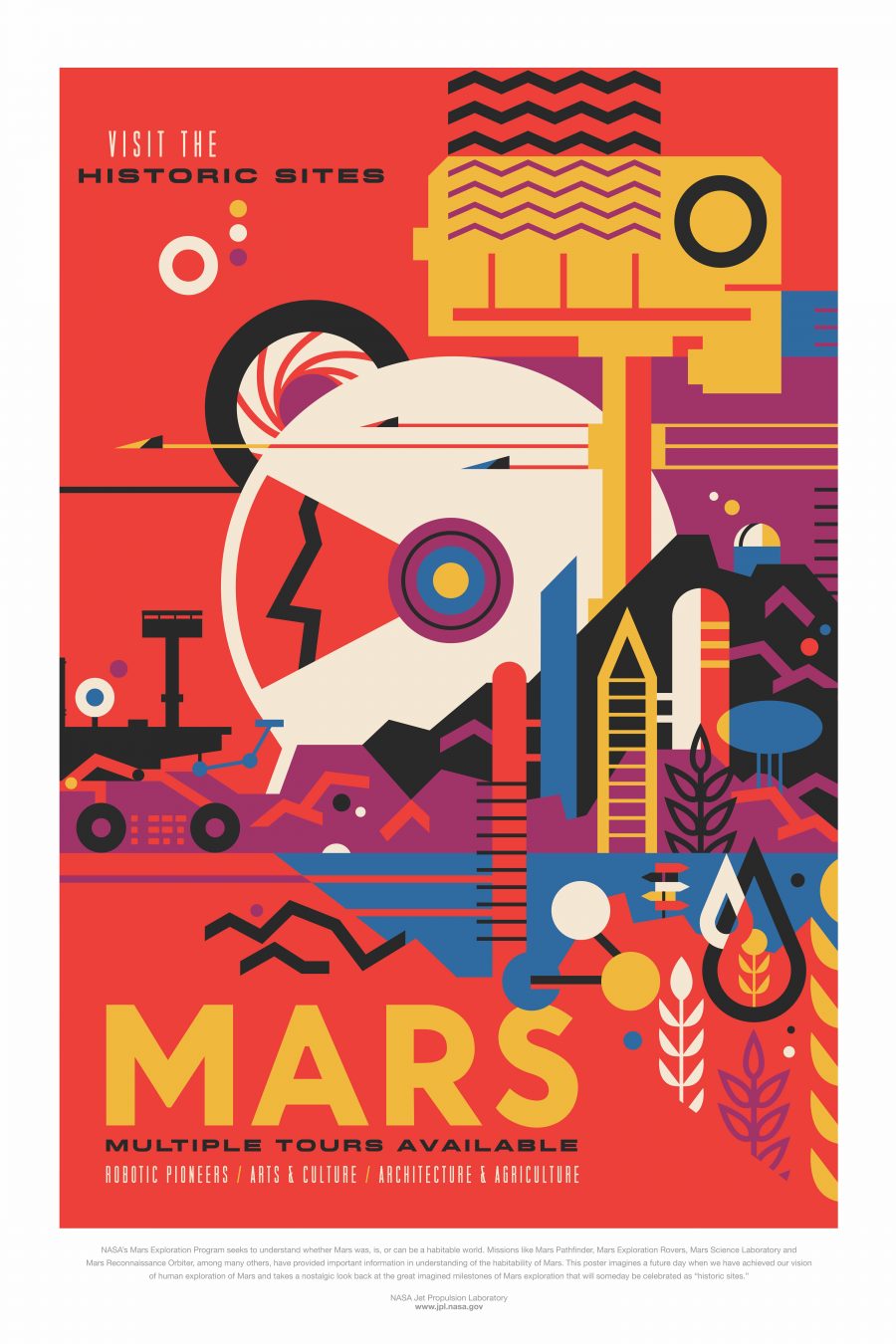Disagree though we may about what’s wrong with life in the 21st century, all of us — at least in the developed, high tech-saturated parts of the world — surely come together in lamenting our inability to focus. We keep hearing how distractions of all kinds, but especially those delivered by social media, fragment our attention into thousands of little pieces, preventing us from completing or even starting the kind of noble long-term endeavors undertaken by our ancestors. But even if that diagnosis is accurate, we might wonder, how does it all work? These five video talks offer not just insights into the nuts and bolts of attention, concentration, and focus, but suggestions about how we might tighten our own as well.
In “How to Get Your Brain to Focus,” the TED Talk at the top of the post, Hyperfocus author Chris Bailey relates how his own life devolved into a morning-noon-night “series of screens,” and what resulted when he did away with some of those screens and the distractions they unceasingly presented him — or rather, the overstimulation they inflicted on him: “We think that our brains are distracted,” he says, “but they’re overstimulated.”
Reducing his own level of stimulation further still, he deliberately engaged in such low-stimulation (more commonly known as “boring”) practices as reading iTunes’ entire terms-and-conditions document (and not in graphic-novel form), waiting on hold with Air Canada’s baggage department, counting the zeroes in pi, and finally just watching a clock.
Bailey found that, absent the frequent dopamine hits provided by his screens, his attention span grew and more ideas, plans, and thoughts about the future came to him. “We think that we need to fit more in,” he says, but in reality “we’re doing too much, so much that our mind never wanders.” When we have nothing in particular to focus on, our mind finds its way into new territories: hence, he says, the fact that we so often get our best ideas in the shower. He references data indicating that these mental wanderings take us back into the past 12 percent of the time and remain in the present 28 percent of the time, but most often fast-forward into the future, a habit also explored by neuroscientist Amishi Jha in the TED Talk just above, “How to Tame Your Wandering Mind.”
“Our mind is an exquisite time-traveling master,” says Jha, “and we land in this mental time-travel mode of the past or the future very frequently. “And when this happens, when we mind-wander without an awareness that we’re doing it, there are consequences. We make errors. We miss critical information, sometimes. And we have difficulty making decisions.” In Jha’s view, a wandering mind can be dangerous: she labels its “internal distraction” as one of the three factors, alongside external stress and distraction in the environment, that “diminishes attention’s power.” Her laboratory research has brought her to endorse the solution of “mindfulness practice,” which “has to do with paying attention to our present-moment experience with awareness. And without any kind of emotional reactivity of what’s happening,” keeping our finger on the “play” button “to experience the moment-to-moment unfolding of our lives.”
As a mindfulness practice, meditation does the trick for many, although precision shooting champion Christina Bengtsson recommends staring at leaves. “I focused on a beautiful autumn leaf playing in the wind,” she says of her decisive shot in her TED Talk above. “Suddenly I am completely calm, and the world champion title was mine.” That leaf, she says, “relieved me of distracting thoughts and made me focus,” and the experience led her to come up with a broader theory. “We need to learn to notice disturbing thoughts and to distinguish them from not-disturbing thoughts,” she says, a not-disturbing thought being one that “knocks out all the disturbing and worrying thoughts.” In this framework, the thought of a leaf can drain the distracting power from all those nagging what-ifs about our goals and the future ahead.
“Focus is not about becoming something new or something better, but simply about functioning exactly as well as we already are,” says Bengtsson, “and understanding that this is enough for both general happiness and great achievements.” Among her other, non-leaf-related recommendations is to create a “not-to-do list,” a form suited to a world “no longer about prioritizing, but about prioritizing away.” The not-to-do list also gets a strong endorsement in “How to Focus Intensely,” the Freedom in Thought animated video just above. After opening with an elaborate analogy about robots, boxes, and factory fires, it goes on to break down the key tradeoff of attention: on one side directed focus, “providing undivided attention while ignoring environmental stimuli,” and on the other generalized focus, which does the opposite.
We human beings often don’t make that tradeoff adeptly, and the reasons cited here include stress, engagement in tasks we dislike because they aren’t inherently pleasurable (even when they promise pleasures later on, since the arrival of those pleasures can be uncertain), and the habit of short-term pleasure-seeking. Along with meditation and the not-to-do list come other featured strategies like actively placing boundaries on your media consumption, structuring your day with “blocks” of work separated by short breaks, and drawing up a priority list, all while adhering to the general ratio of spending 80 percent of your time on “activities that produce long-term pleasure” and 20 percent on “activities that produce short-term pleasure.”
The Freedom in Thought video also recommends something called “deep work,” a set of techniques defined by computer scientist Cal Newport in his book of the same name. But to do deep work as Newport himself does it requires that you take a step that may sound radical at first: quit social media. That imperative provides the title of Newport’s TED Talk above, which explains the whys and hows of doing just that. He also deals with the common objections to the notion of quitting social media, framing social media itself as just another slot machine-like form of entertainment — with all the attendant psychological harms — that, because of its sheer commonness and easiness, can hardly be as vital to success in the 21st-century economy as it’s so often claimed to be.
Newport explains that “what the market dismisses, for the most part, are activities that are easy to replicate and produce a small amount of value,” i.e. what most of us spend our days doing on Twitter, Facebook, and Instagram. “It’s instead going to reward the deep, concentrated work required to build real skills and apply those skills to produce things, like a craftsman, that are rare and are valuable.” If you treat your attention with respect, he says, “when it comes time to work, you can actually do one thing after another, and do it with intensity, and intensity can be traded for time.” When you train your mind away from distraction, in other words, you actually end up with more time to work with — an asset that even Bill Gates and Warren Buffett, both of whom famously credit their own success to focus, can’t buy for themselves.
Related Content:
How Information Overload Robs Us of Our Creativity: What the Scientific Research Shows
The Case for Deleting Your Social Media Accounts & Doing Valuable “Deep Work” Instead, According to Prof. Cal Newport
The Neuroscience & Psychology of Procrastination, and How to Overcome It
Alan Watts Presents a 15-Minute Guided Meditation: A Time-Tested Way to Stop Thinking About Thinking
Listen to Wake Up to Your Life: Discovering the Buddhist Path of Attention by Ken McLeod
How to Take Advantage of Boredom, the Secret Ingredient of Creativity
Lynda Barry on How the Smartphone Is Endangering Three Ingredients of Creativity: Loneliness, Uncertainty & Boredom
Based in Seoul, Colin Marshall writes and broadcasts on cities, language, and culture. His projects include the book The Stateless City: a Walk through 21st-Century Los Angeles and the video series The City in Cinema. Follow him on Twitter at @colinmarshall, on Facebook, or on Instagram.













